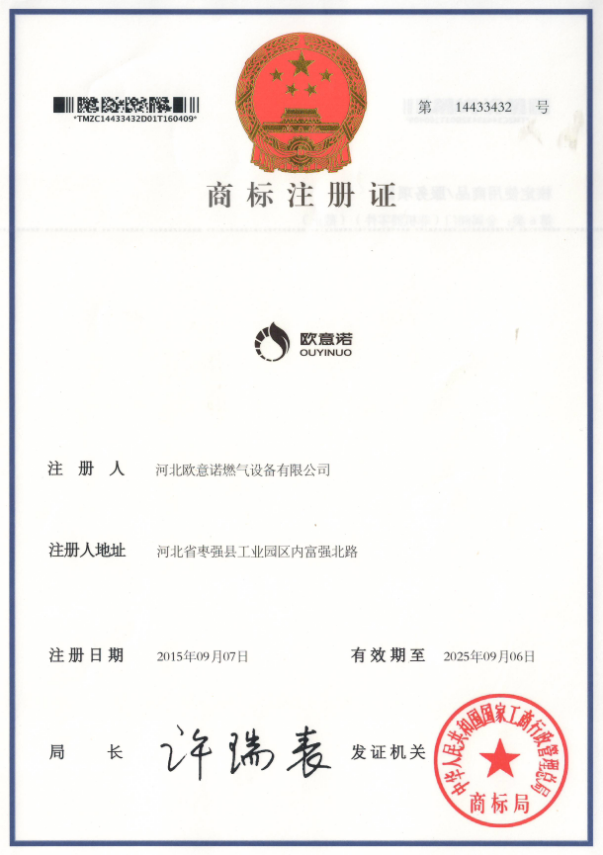
Sep . 21, 2024 20:23
Back to list
relief valve
Understanding Relief Valves An Essential Component for Safety and Efficiency
Relief valves are crucial devices employed in various mechanical and industrial systems to ensure safety and proper functioning. These valves are designed to release excess pressure from systems, thereby preventing potential hazards such as explosions, equipment damage, or leaks. By maintaining the required pressure levels, relief valves safeguard both the equipment and the personnel operating within these environments.
At its core, a relief valve is a type of automatic valve that opens when the pressure exceeds a predetermined limit, thereby allowing fluid (liquid or gas) to escape, which in turn reduces the pressure in the system. The ultimate goal of a relief valve is to provide a safe pathway for excess pressure to escape without having to shut down or compromise the operation of the system.
Relief valves are used across a broad spectrum of industries, including oil and gas, chemical processing, pharmaceutical manufacturing, and water treatment. In these applications, the stakes are incredibly high, and failure to control pressure can lead to catastrophic results. For instance, in a chemical plant, an uncontrolled pressure spike could lead to a dangerous reaction, whereas in a boiler system, excessive pressure can cause equipment failure or even explosions. This underscores the importance of having reliable relief valves that can swiftly react to abnormal pressure levels.
relief valve

One of the most common types of relief valves is the spring-loaded relief valve. This type operates by utilizing a spring mechanism that holds the valve closed under normal conditions. Once the system pressure exceeds the specified limit, the force exerted by the fluid overcomes the spring's resistance, causing the valve to open. The valve then discharges the excess fluid, lowering the pressure back to safe operating levels. After the fluid has been released, the spring forces the valve to return to the closed position, ready to operate again when needed.
Another type is the pilot-operated relief valve, which provides higher accuracy and efficiency. This type uses a small pilot valve to control the larger main valve, allowing for more precise pressure regulation. In applications where large volumes of fluid need to be managed, pilot-operated relief valves can be particularly advantageous, as they can open wider, allowing for rapid pressure relief.
Regular maintenance and testing of relief valves are vital to ensure their reliability. Over time, components can degrade due to wear, corrosion, or the buildup of debris, potentially compromising the valve's functionality. Implementing a routine inspection schedule helps to identify any issues before they result in system failure.
In conclusion, relief valves are an indispensable part of modern industrial systems, serving as a critical line of defense against excessive pressure. Their design and operation play a vital role in maintaining safety and efficiency. As industries continue to evolve, the development of more sophisticated relief valve technologies will undoubtedly enhance their effectiveness, contributing to safer working environments and improved operational performance. Understanding the importance of these devices highlights the need for vigilance in their maintenance and operation, ensuring the safety of both workers and equipment alike.
Next:
Latest news
-
Safety Valve Spring-Loaded Design Overpressure ProtectionNewsJul.25,2025
-
Precision Voltage Regulator AC5 Accuracy Grade PerformanceNewsJul.25,2025
-
Natural Gas Pressure Regulating Skid Industrial Pipeline ApplicationsNewsJul.25,2025
-
Natural Gas Filter Stainless Steel Mesh Element DesignNewsJul.25,2025
-
Gas Pressure Regulator Valve Direct-Acting Spring-Loaded DesignNewsJul.25,2025
-
Decompression Equipment Multi-Stage Heat Exchange System DesignNewsJul.25,2025

